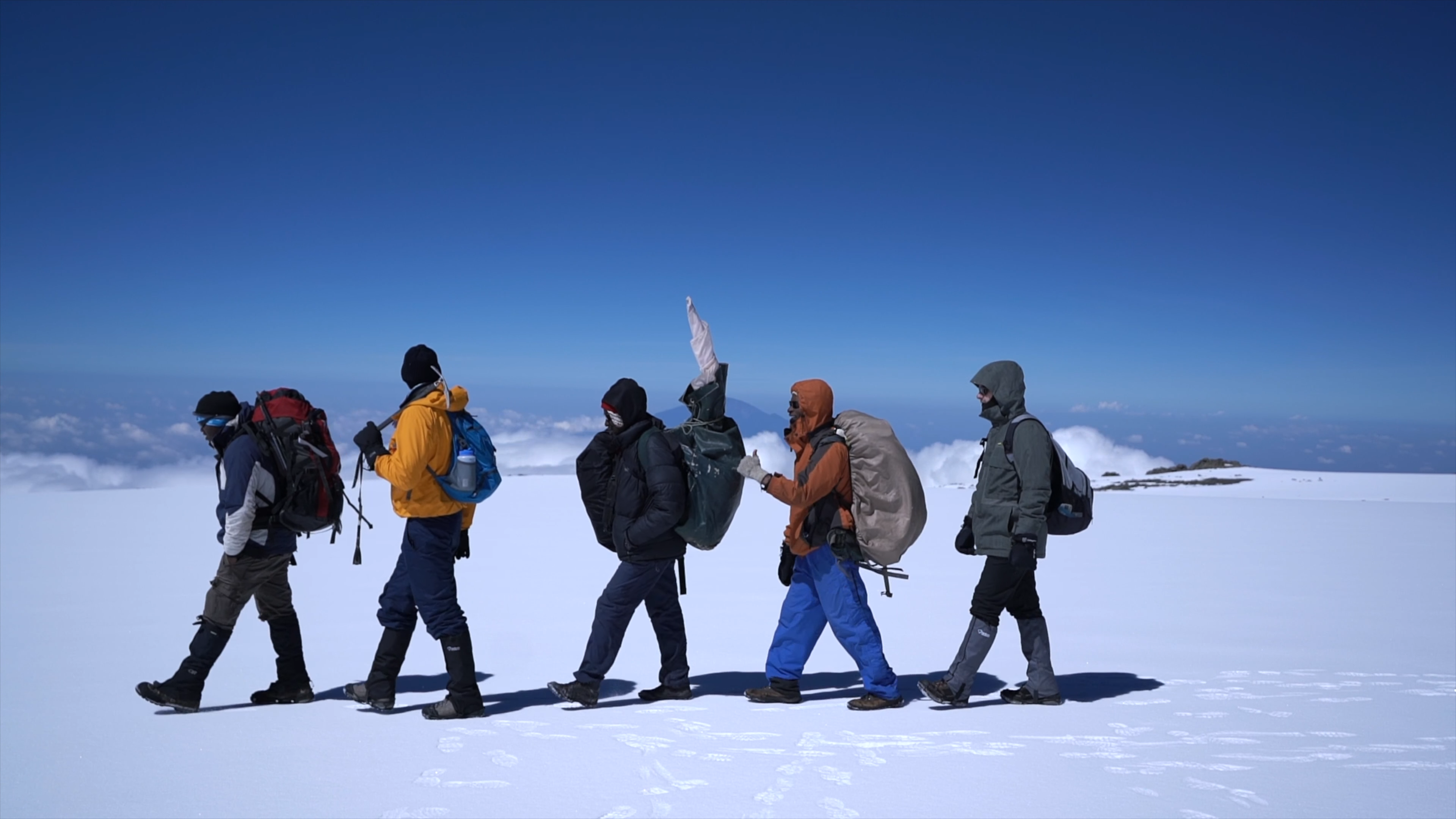What is Mount Kilimanjaro Weather Like? All You Need to Know
How Does the Weather Change on Kilimanjaro?
Mount Kilimanjaro experiences extreme weather shifts, often from scorching heat to cold within a day. Instead of seasonal fluctuations, the temperatures are largely dictated by altitude and the time of day.
At the mountain’s base, temperatures range from a comfortable 21 to 27°C (70 to 80°F). But at Kilimanjaro’s peak, Uhuru Peak, nighttime temperatures can plummet to between -7 and -29°C (20 to -20°F). The mountain’s sheer size generates unique and unpredictable weather, exposing hikers to a mix of sunshine, rain, cold, wind, and even snow. Despite the “dry” season being the optimal time for a climb, rain or snow is possible year-round. As you ascend, expect rapid weather changes—sunshine one moment, chilling winds the next.
Why Does Kilimanjaro Have Its Weather?
Standing at an impressive 19,341 feet (5,895 meters), Kilimanjaro is massive enough to influence local weather patterns. The equatorial location means that trade winds, often called monsoons, move across the ocean, pulling moisture up the mountain’s slopes. As these winds rise toward the summit, they cool, bringing rain to the lower slopes and snow at higher altitudes.
Is There Snow on Kilimanjaro’s Summit?
Yes, Kilimanjaro’s summit can experience snow, particularly during the long rainy season from March to May. During this time, moist trade winds from the southeast, originating from the Indian Ocean, bring heavy rainfall to the mountain’s southern slopes and snow to the summit. In contrast, the short rains in November are caused by drier winds from the northeast. These rains are brief but still provide moisture, particularly on the mountain’s northern side.
Kilimanjaro’s Temperature by Altitude
Kilimanjaro’s temperatures are relatively stable year-round, thanks to its equatorial position. However, altitude and time of day play a major role in how hot or cold it gets. At the mountain’s base, temperatures average between 21 and 27°C (70 to 80°F). As you climb higher, temperatures drop, with the most dramatic shift occurring in the Arctic Zone at the summit, where nighttime temperatures range between -7 to -29°C (20 to -20°F). Be prepared for all conditions by packing essential gear for cold and wet weather.
Kilimanjaro’s Climate Zones
As you ascend Kilimanjaro, you’ll pass through five distinct climate zones, each with its weather patterns.
- Cultivation Zone (800 – 1,800 m / 2,600 – 6,000 ft)
This zone consists of fertile farmland, supported by significant annual rainfall (500 – 1,800 mm). You’ll mostly traverse this zone en route to your starting trail. - Forest Zone (1,800 – 2,800 m / 6,000 – 9,200 ft)
Beginning in a tropical rainforest, this zone absorbs moisture from the mountain, resulting in warm, humid conditions. Mist and thick cloud cover are common, and the trail can be muddy. - Heath and Moorland Zone (2,800 – 4,000 m / 9,200 – 13,200 ft)
Beyond the forest, you’ll encounter tall grasses and giant heathers. Here, you’re more exposed to wind and rain, with daytime warmth and significantly colder nights. - Alpine Desert Zone (4,000 – 5,000 m / 13,200 – 16,500 ft)
This arid region has sparse vegetation, increasing wind speeds, and little rainfall. Daytime temperatures can be warm, but nights are chilly, with the trails becoming dustier and the air thinner. - Arctic Zone (5,000+ m / 16,500 ft)
Above 16,000 feet, you enter the summit zone, a barren desert characterized by glaciers, volcanic rocks, and freezing temperatures. Nighttime temperatures fall below freezing, and the air contains only 49% of the oxygen available at sea level. Sunscreen and hydration are critical due to strong sun exposure and dry conditions.
Weather Variations by Season
The weather on Kilimanjaro changes with the seasons, though not dramatically due to its equatorial location. Here’s what to expect:
- Long Dry Season (June to September): This is the prime time to climb Kilimanjaro. Although temperatures are slightly colder than during the short dry season, the weather is generally stable, with minimal chances of rain.
- Short Wet Season (October to December): Rainfall is more sporadic during this period. While climbing conditions can still be favourable early in the season, it’s advisable to avoid trekking once the rains set in fully.
- Short Dry Season (January to February): This is a popular time to trek, as temperatures are generally warmer than the long dry season. It’s an ideal window for a comfortable climb.
- Long Wet Season (March to May): Heavy rains make this period less suitable for trekking, as trails can become wet and hazardous.
Kilimanjaro’s Summit Weather
Trekkers aiming for the summit typically begin their final ascent at midnight, battling frigid conditions, often with snow or ice underfoot. The goal is to reach Uhuru Peak at sunrise, where clear skies reward you with breathtaking views of Mawenzi and the sprawling African plains. Temperatures here can plummet as low as -29°C (-20°F), and Kilimanjaro’s towering height ensures the weather remains highly variable.
When is the Best Time to Climb Mount Kilimanjaro?
Planning to conquer Africa’s tallest peak? Discover the best time to climb Mount Kilimanjaro based on weather, trekking conditions, and crowd levels. While you can trek year-round, certain months bring colder temperatures, more rain, and heavy snowfall at the summit. For the best experience, consider climbing during the warmer, drier months: December to mid-March or mid-June to late October. Keep in mind, that these popular months mean more trekkers on the mountain.
By planning and preparing for the unpredictable weather, you can safely enjoy the adventure of conquering Kilimanjaro.


